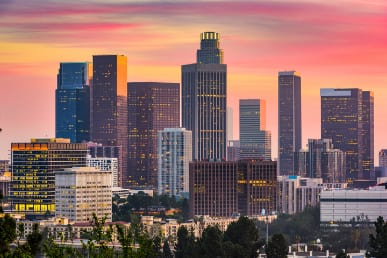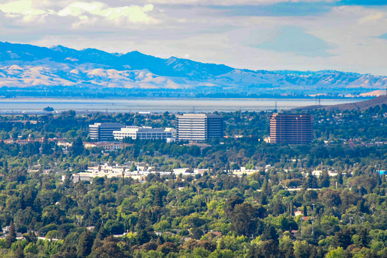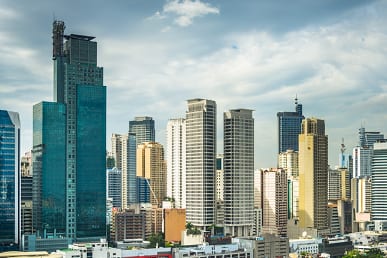According to new data from U.S. Customs and Border Protection, over the past year, the number of undocumented Indian migrants arriving on foot to the U.S. increased approximately five-fold from the previous year to nearly 97,000.
Since borders have opened post-Covid, the number of undocumented migrants in the U.S. has been steadily rising — both in general and, specifically, for Indians. But this past year’s jump was a dramatic and unprecedented one. This year’s border encounters with Indian migrants took place both at the Canadian and southern borders.
Factors Responsible for the Indian Migrant Influx
Immigration experts point to several factors that have likely contributed to the influx of Indian migrants, including:
- overall post-pandemic growth in global migration
- oppression of minority communities in India
- smugglers’ aggressive and increasingly sophisticated means of engaging individuals and families
- extreme visa backlogs
Who Is Migrating From India and Why?
Although the number of undocumented Indians in the U.S. still is dwarfed by the number of undocumented migrants arriving from Mexico and Central America, the unprecedented spike in Indian arrivals points to the fact that many are seeking economic and political change. Indian Prime Minister Narendra Modi’s government has been widely criticized for human rights violations, and conditions for minorities like Muslims, Sikhs and Christians under his governance has been deteriorating. Another factor is destabilization in India’s agricultural sector, which has threatened to upend the lives of many farmers.
This turmoil—combined with the general success of Indian Americans in the U.S. and the anecdotal success of other migrant families who have successfully made the same journey—is encouraging to Indians looking for new opportunities.
What Indian Migrants Encounter at the U.S. Borders
The journey from India to the U.S., no matter the route, is grueling, and always contains several legs. Migrants arrive to an overwhelmed U.S. immigration system that is disorganized and without enough beds or enough Border Patrol officers to screen incoming migrants.
The processes at the Southern border have historically been designed to cater to single Mexican men arriving to seek work. But that’s not the case anymore, as now there are more families, as well as people who are neither Mexican nor Central American, and the systems have not adapted to meet the new challenges at hand – including the demand for asylum. It is more difficult to deport individuals to India than it is to Central or South America, in part for geographical reasons and in part because an agreement between the countries does not exist.
What tends to happen instead is that Indian migrants are issued notices to appear before judges on specific dates, and those immigration courts have backlogs of their own. If migrants do not have lawyers, their hearing dates may be delayed for months or years.
Consult With Immigration Attorneys In California
Indian migrants entering the United States should consider consulting a California immigration attorney before attempting to cross the border. Illegal border crossings can have a detrimental impact on one’s ability to apply for visas, asylum, permanent residency, U.S. citizenship, and other lawful immigration statuses.
Reeves Immigration Law Group works with immigrants from throughout the world, including India, to determine the best options given current U.S. legislation. Our immigration attorneys are highly skilled and up to date with the latest regulations, allowing us to provide results-oriented guidance.
To schedule a consultation with one of our immigration attorneys in California, please fill out our contact form.




